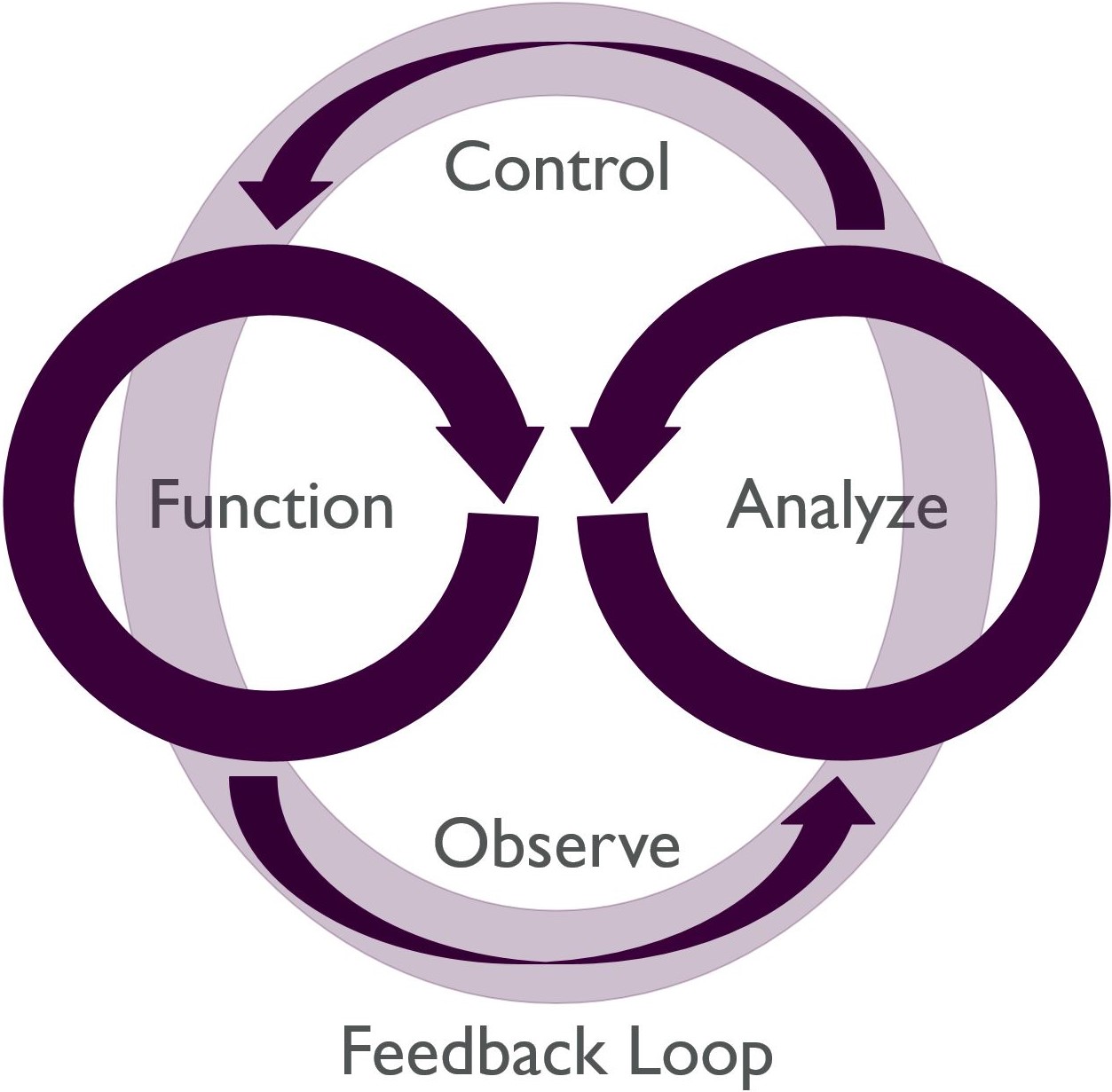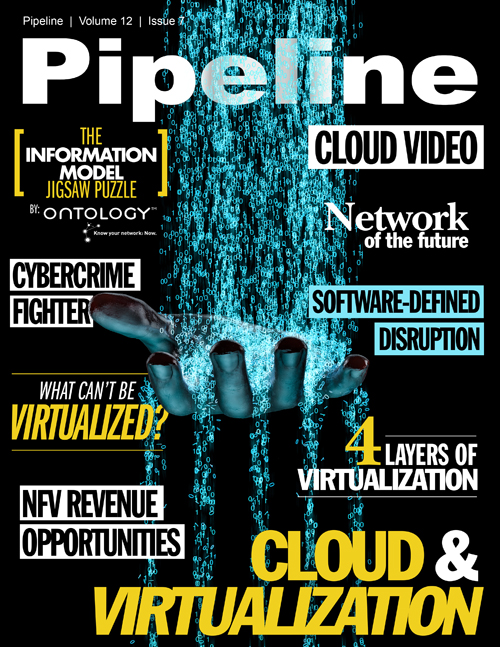Software-Defined Will Disrupt Your Datacenter
NFV enables network operators to use simpler, less costly switches instead of network appliances, while running applications in VMs on industry standard servers. And those servers can be anywhere on the network; they do not have to be collocated with the switches.
While NFV enabled network operators to move applications from dedicated network appliances into VMs running on industry standard servers, NFV did nothing to address the high cost of buying proprietary switches. Software-defined networking was created to enable a white box switch market.
Software-Defined is Different
There are three attributes of a software-defined architecture or product:
- Data is a stream of operational performance observations that a functional part of a product continually transmits, while it is operating. In the early days of NFV, the phrase “data plane” referred to data flowing through a switch; but that definition doesn’t translate well to other SDx domains.
- Control is a supervisory part of a product, separate from the functional parts, that consumes operational performance data and constantly weighs whether functional parts are operating correctly.
- Feedback between the supervisory and functional subsystems is based on Control using Data to modify the operating rules of a functional subsystem, while a system is in full operation. This is much more sophisticated than simple feedback loops.

Software-Defined Networking (SDN) takes an additional step past NFV to architecturally separate switch control functions from a physical switch. SDN gives network operators a choice; they can run control functions on a local coprocessor inside a switch or in remote VMs hosted on industry standard servers.
This is a powerful architectural concept, and so the term “software-defined” is broadening to include other data center functions, including storage, computing, and the data center itself. As illustrated here, both Dell and Facebook have created switches which can be used to implement an SDN.
Software Defined Architecture [graphic: TIRIAS Research]

Software-Defined Storage (SDS) puts a different twist on data and control. Enterprise storage best practices today are centralized resources: Network Attached Storage (NAS) and Storage Area
Networks (SAN). While relatively straightforward to manage, NAS and SAN have not scaled well in terms of network performance, application performance and cost, because they implement a single
access point to the rest of the network. That single access point creates a large failure domain if it breaks, and it creates bandwidth and latency challenges as storage capacity increases.
Dell Enterprise Data Center Switches [photo: TIRIAS Research]
SDS disaggregates the centralized NAS/SAN storage controller architecture into many smaller storage controllers distributed across a network, along with similarly distributed storage resources—typically a mix of hard disk drives and solid-state drives. This creates smaller failure domains, each demanding less local network resources. Distributing low-cost and virtualized storage control functions that manage bare-metal commercial storage drives is now standard practice for leading cloud services.
Software-Defined Computing (SDC) seems redundant at first glance. The real value is in the increasing depth of telemetry spewing from servers and individual compute nodes. Load balancing used to be a simple function, but the increasing complexity of processors and system architectures has made it harder to optimize the performance of all resources. However, thread-level performance analysis will enable data centers to accurately assign and meter resource usage, as well as optimize the use of each compute resource over lulls and spikes in demand.



















